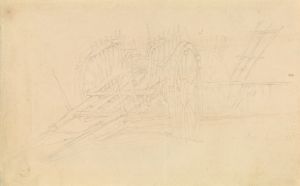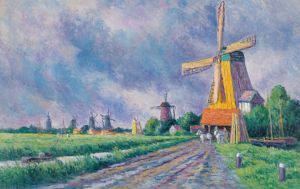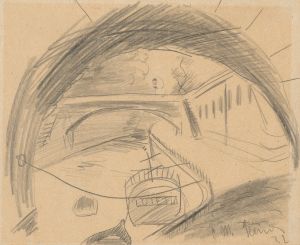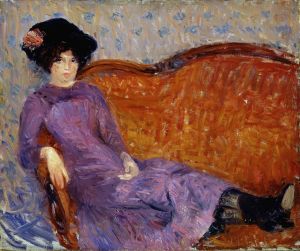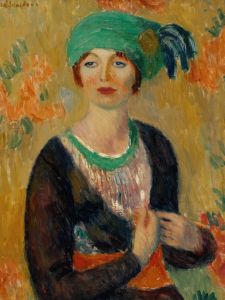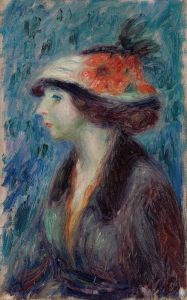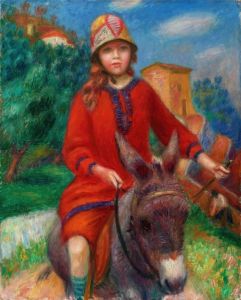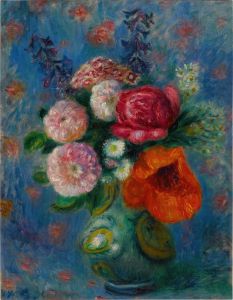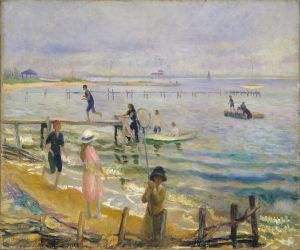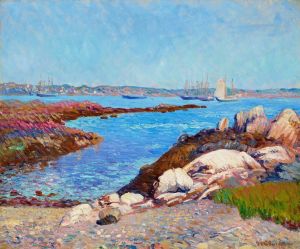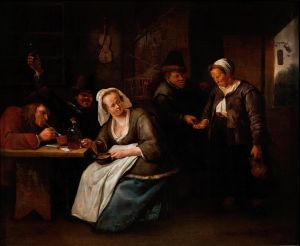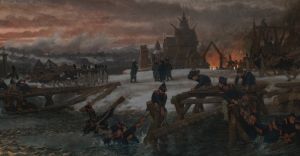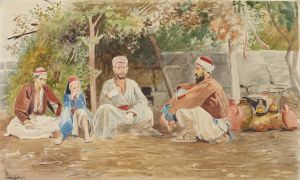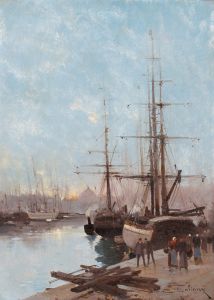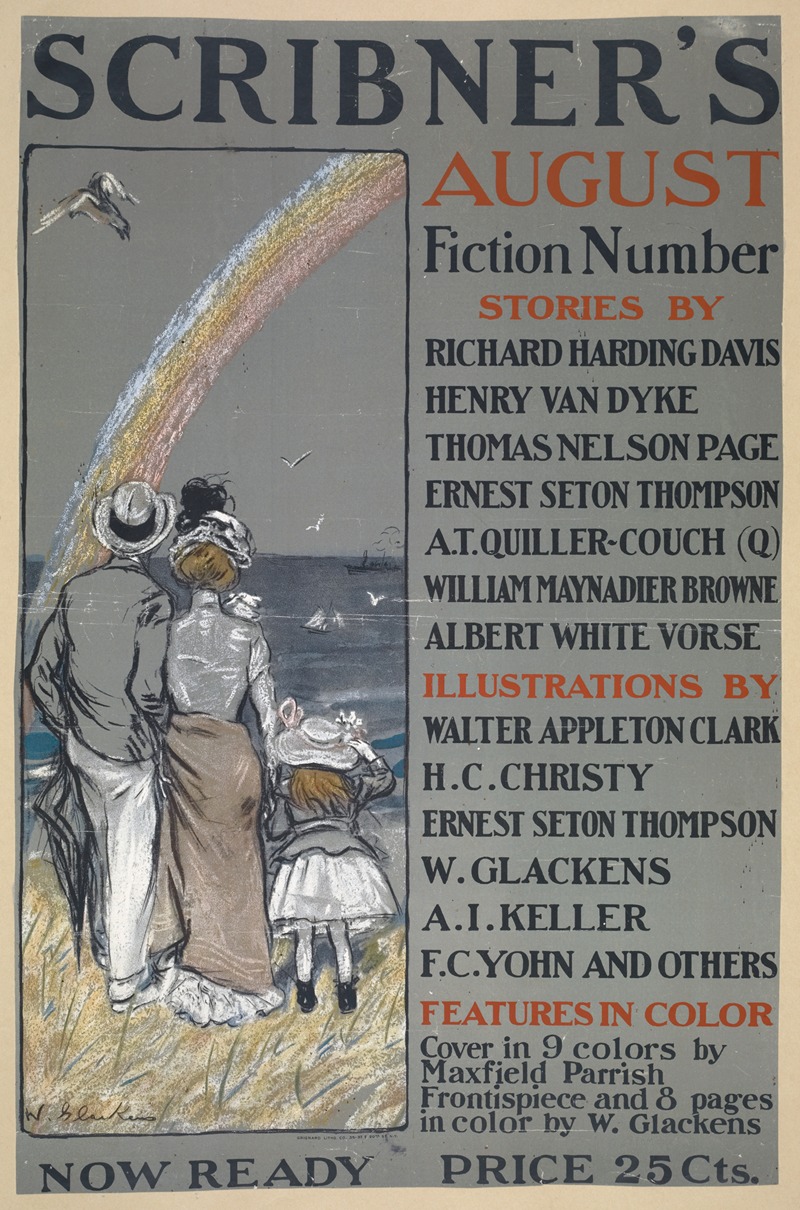
Scribner’s August
A hand-painted replica of William James Glackens’s masterpiece Scribner’s August, meticulously crafted by professional artists to capture the true essence of the original. Each piece is created with museum-quality canvas and rare mineral pigments, carefully painted by experienced artists with delicate brushstrokes and rich, layered colors to perfectly recreate the texture of the original artwork. Unlike machine-printed reproductions, this hand-painted version brings the painting to life, infused with the artist’s emotions and skill in every stroke. Whether for personal collection or home decoration, it instantly elevates the artistic atmosphere of any space.
William James Glackens was an influential American painter and one of the founding members of the Ashcan School, a movement known for its focus on depicting scenes of everyday life in New York City during the early 20th century. Glackens was born on March 13, 1870, in Philadelphia, Pennsylvania, and he developed a keen interest in art from a young age. He studied at the Pennsylvania Academy of the Fine Arts and began his career as an illustrator for various newspapers and magazines.
"Scribner’s August" is one of Glackens' works that reflects his background in illustration and his transition into painting. Although specific details about this particular piece are scarce, it is known that Glackens contributed illustrations to Scribner's Magazine, a popular publication of the time. His work for Scribner's often involved creating images that accompanied stories or articles, showcasing his ability to capture the essence of a narrative through visual art.
Glackens' style was heavily influenced by the Impressionists, particularly Pierre-Auguste Renoir, whom he admired greatly. This influence is evident in his use of vibrant colors and loose brushwork, which became more pronounced as his career progressed. While "Scribner’s August" may not be as widely recognized as some of his other paintings, it likely embodies the characteristics that define Glackens' artistic approach: a focus on light, color, and the depiction of contemporary life.
Throughout his career, Glackens was associated with the Ashcan School, a group of artists who sought to portray the realities of urban life in America. This movement was a departure from the more traditional and idealized subjects that dominated American art at the time. Instead, artists like Glackens, Robert Henri, and George Bellows chose to depict the gritty, dynamic scenes of city life, capturing the vibrancy and diversity of urban environments.
Glackens' work, including pieces like "Scribner’s August," played a significant role in the development of American art in the early 20th century. His ability to blend the techniques of European Impressionism with distinctly American themes helped pave the way for future generations of artists. Glackens continued to paint and exhibit his work until his death on May 22, 1938, leaving behind a legacy that continues to be celebrated in museums and galleries across the United States.
While specific information about "Scribner’s August" is limited, it is important to recognize Glackens' broader contributions to the art world. His work not only reflects the social and cultural changes of his time but also demonstrates the evolution of American art as it moved towards modernism. Through his paintings and illustrations, Glackens captured the spirit of an era, providing a window into the everyday lives of people in the early 20th century.





